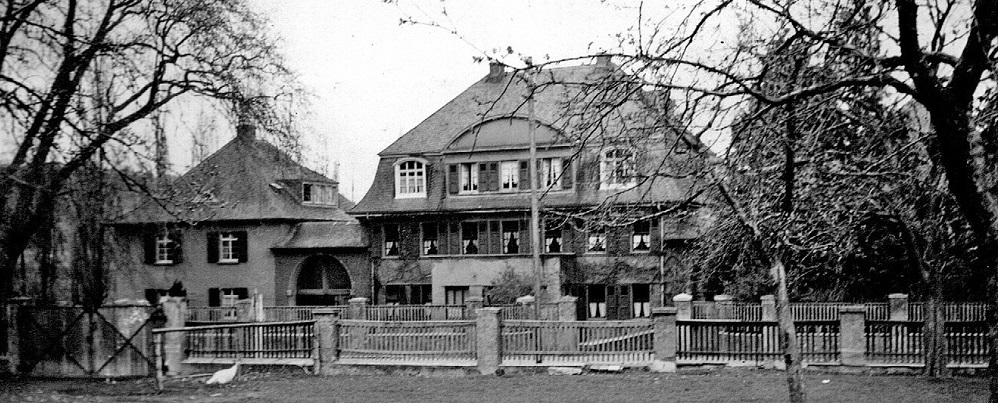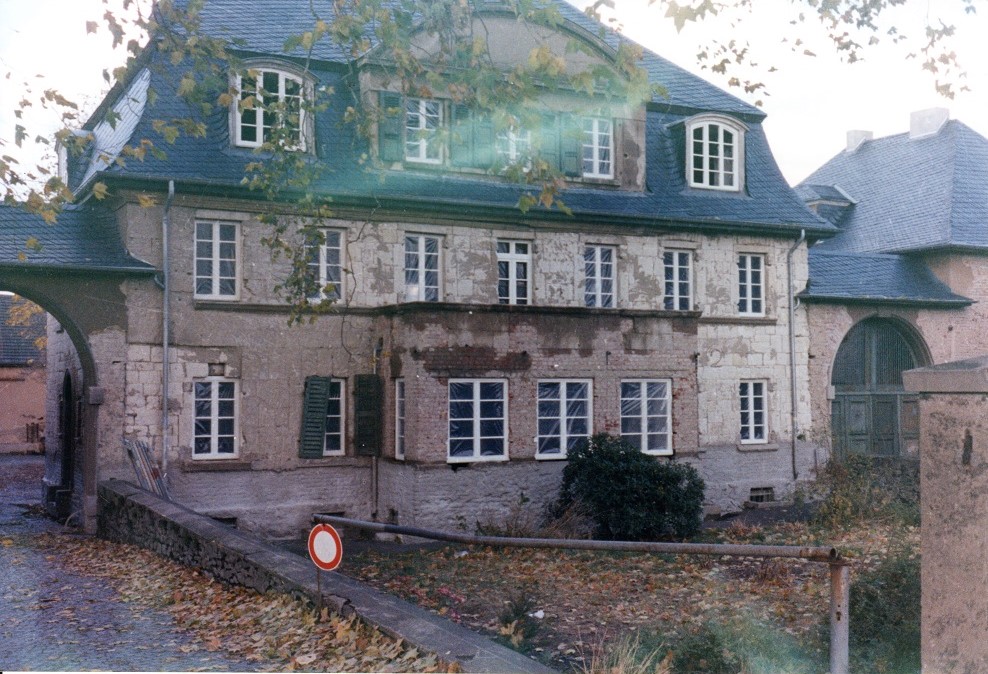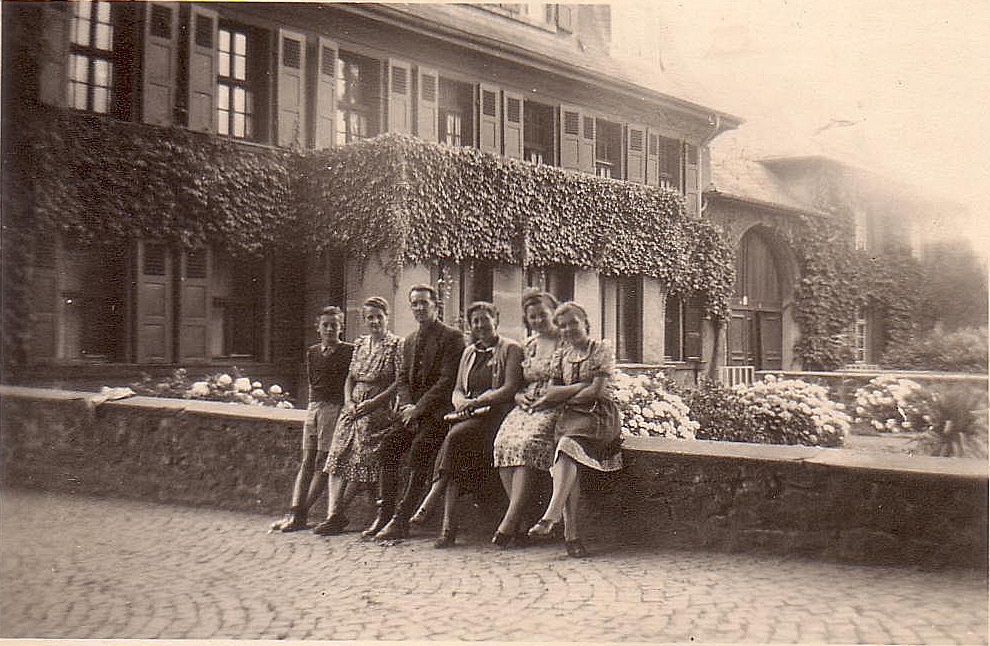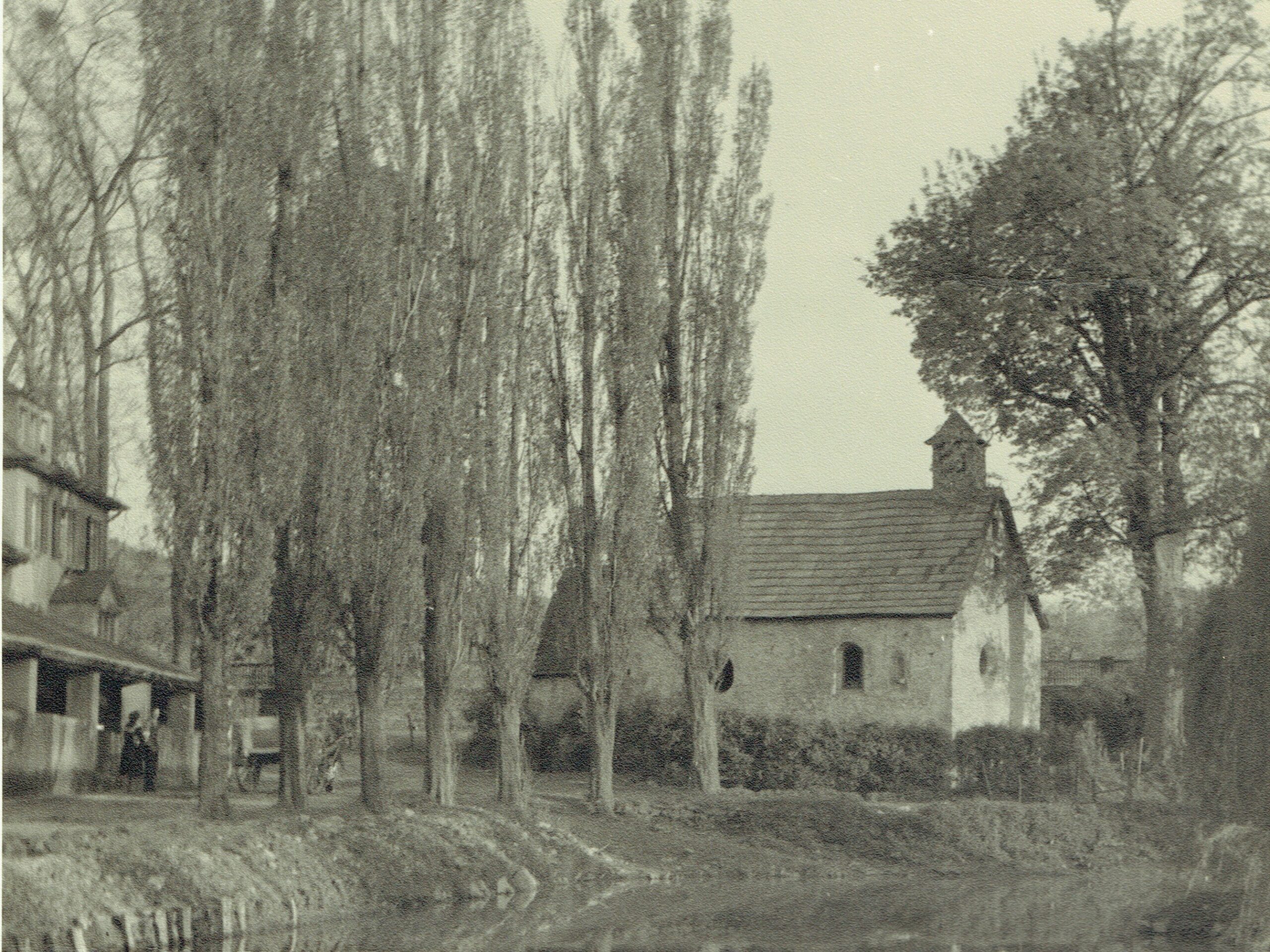THE FORMER MONASTIC GRANGE IN HEISTERBACHERROTT
The origins of the farmstead, which today belongs to the association HAUS SCHLESIEN, lie in the 12th century. The first documentary record of a grange on this site dates back to 1173. Until secularisation in 1803, it belonged to the Schwarzrheindorf monastery on the right bank of the Rhine. After the monastery was dissolved, the grange was transferred with all the lands to the Prussian State. It was then purchased at auction by the Councillor von Rehfues in Bonn around 1820. Two years later, the characteristic four-wing complex was built, which was sold to Herr Essingh at an unknown later date.
In 1919, August Lepper bought the farmstead from him and again carried out extensive reconstruction work. Stables and storerooms were created by lengthening the farm buildings. Shortly afterwards, the Jewish merchant Ottmar Strauß acquired the farmstead but was forced by political developments to sell it in 1934, after just ten years. The new owner, Leo Esser, left the management to one of his relatives. In the mid-1960s, the city of Cologne then purchased and leased out the farm and lands, finally selling the whole estate to the town of Königswinter in 1972. The surrounding farmland was declared suitable for building, the citizens’ park was created around the pond and the building was sold to the association HAUS SCHLESIEN in 1978.
More in German at: Virtuelles Heimatmuseum Thomasberg/Heisterbacherrott



